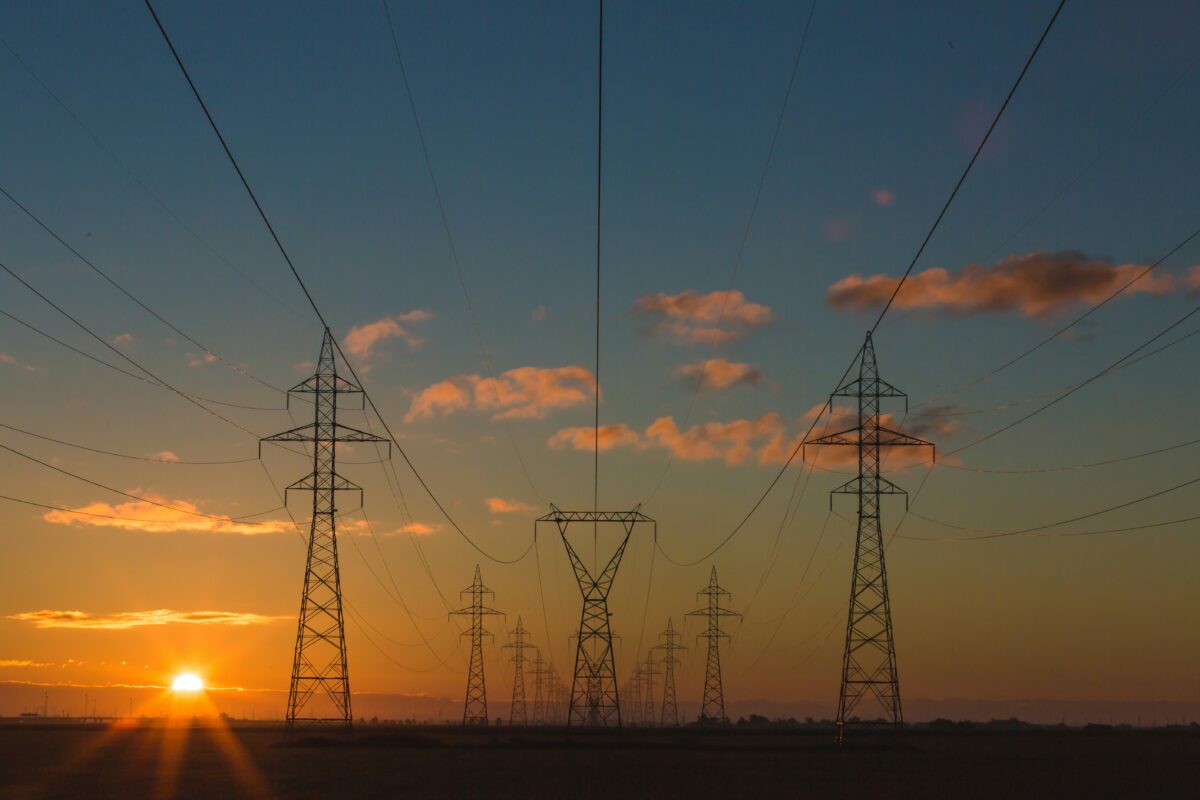In February 2021, severe winter storms caused major statewide power outages throughout Texas, with an estimated cost of $195.6 billion and 111 lives lost over the course of a few weeks. As soon as the blackouts started, politicians began denouncing the expansion of renewable energy sources in the Texan power grid as the cause of the issues, citing frozen wind turbines, among other things.
These claims were completely unfounded. In fact, according to the U.S. Energy Information Administration, the majority of lost power generation in Texas was from natural gas sources. However, the assertions were representative of the distrust and animosity that many people hold for renewable energy. Over the past few decades, large portions of the United States (namely Texas) have voted to deregulate their power grids, allowing them to disregard federal policies and avoid renewable sources more easily.
Renewables were not to blame in the case of the Texas power crisis—the real dilemma is much larger and more deeply rooted. Although the country has the technology to shift a significant portion of its energy needs to renewable technologies, our current power grid and infrastructure are not at the level they need to be for genuine clean energy integration.
NPR’s Dave Davies explains that “we’re relying on an electrical grid that’s increasingly unstable, underfunded and incapable of taking us to a new energy future… Renewable power sources have grown dramatically in recent years, but our aging electrical grid isn’t capable of integrating them into our energy use.” Although we may not be at the point where renewable energy sources can power everything we use, we will not be able to reach our green energy goals without addressing the baseline issues.
The energy grid is made up of all the electrical inputs and outputs of our electricity system, and every time an input or output is changed, so is the entirety of the grid itself. Throughout history, sources like fossil fuels, hydropower, and biomass have allowed a steady, controlled input into the electrical grid. However, with an influx of wind and solar-dependent power, this historical pattern has shifted.
Wind and solar power are inconsistent—wind blows in gusts and then not at all, and the Sun is covered by clouds at random intervals. These random deviations, as opposed to a constant stream of power, create unprecedented challenges for the power grid as we know it.
To date, there is no reliable way to store the power created by these methods in a way that allows them to enter the grid regularly in the same way that historical mediums did. While we have the ability to store electricity on a small scale—for example, batteries or portable power banks—this technology hasn’t been successfully scaled up to the degree necessary to support mass renewable energy.
This isn’t to say that renewable sources like wind or solar power aren’t doing their jobs. In fact, at times, they’re doing it too well. Without reliable, large-scale power storage, any significant discrepancy between supply and demand creates an issue for the grid. In these instances, circuit breakers are forced to shut themselves off if there’s a considerable gust of wind that creates an influx of power to the grid, meaning that every day, some green energy goes to waste.
The opposite issue exists as well. When renewable energy starts to diminish (like in the evening and night when incoming solar radiation decreases and power from solar panels declines), some of the needs of the grid are transferred from environmentally-friendly sources to traditional ones. According to Gretchen Bakke, author of The Grid: The Fraying Wires Between Americans and Our Energy Future, “California especially… balance[s] solar with natural gas. In Germany, they balance wind with coal. And this leads to this very ironic situation where the places with the highest penetration of renewables also have greenhouse gas emissions which are going up.”
This means that peak energy use often coincides with the “awakening” of antiquated resources, like diesel or coal plants. However, this isn’t completely necessary—Texas regularly produces the highest amount of wind power of any state, so theoretically, when solar power production abates for the night, a shift to wind energy is feasible. We’re just starting to figure it out.
In many ways, the root cause of this issue is political. Politicians getting on the news and blaming the deaths of their constituents on renewable energy is a step backward. While a complete transferral to clean energy may seem like an unattainable goal, it isn’t the point. The point is to mitigate harm by moving towards renewable power sources one step at a time. In an interview, Bakke explained: “Let’s get to 50 percent… By the time we get to 80 percent renewable and integration, we are going to have confronted all of the big problems that are facing us right now.”
Overall, the issue isn’t power generation; it is power usage, transmittance, and storage. The issue is social and political. Currently, we are not prepared for reliance on sustainable energy, but the possibility of shifting from pollution to prosperity is there. A unilateral, public push towards solving the technical issues of renewable energy would make tackling these issues and efficiently integrating renewable energy into our grid achievable.
Sources:
“Aging And Unstable, The Nation’s Electrical Grid Is ‘The Weakest Link.’” NPR.Org, https://www.npr.org/2016/08/22/490932307/aging-and-unstable-the-nations-electrical-grid-is-the-weakest-link. Accessed 16 Apr. 2021.
Extreme Winter Weather Is Disrupting Energy Supply and Demand, Particularly in Texas – Today in Energy – U.S. Energy Information Administration (EIA). https://www.eia.gov/todayinenergy/detail.php?id=46836. Accessed 16 Apr. 2021.
INTEGRATING VARIABLE RENEWABLE ENERGY INTO THE GRID: KEY ISSUES. Greening the Grid, May 2015, https://www.nrel.gov/docs/fy15osti/63033.pdf. Accessed 16 Apr. 2021.
News, A. B. C. “Republicans Use Texas Power Outages to Spread False Claims about Green Energy.” ABC News, https://abcnews.go.com/Politics/republicans-texas-power-outages-spread-false-claims-green/story?id=75947664. Accessed 16 Apr. 2021.
What Is Electricity Deregulation? – Electric Choice. https://www.electricchoice.com/blog/what-is-electricity-deregulation/.Accessed 16 Apr. 2021.

